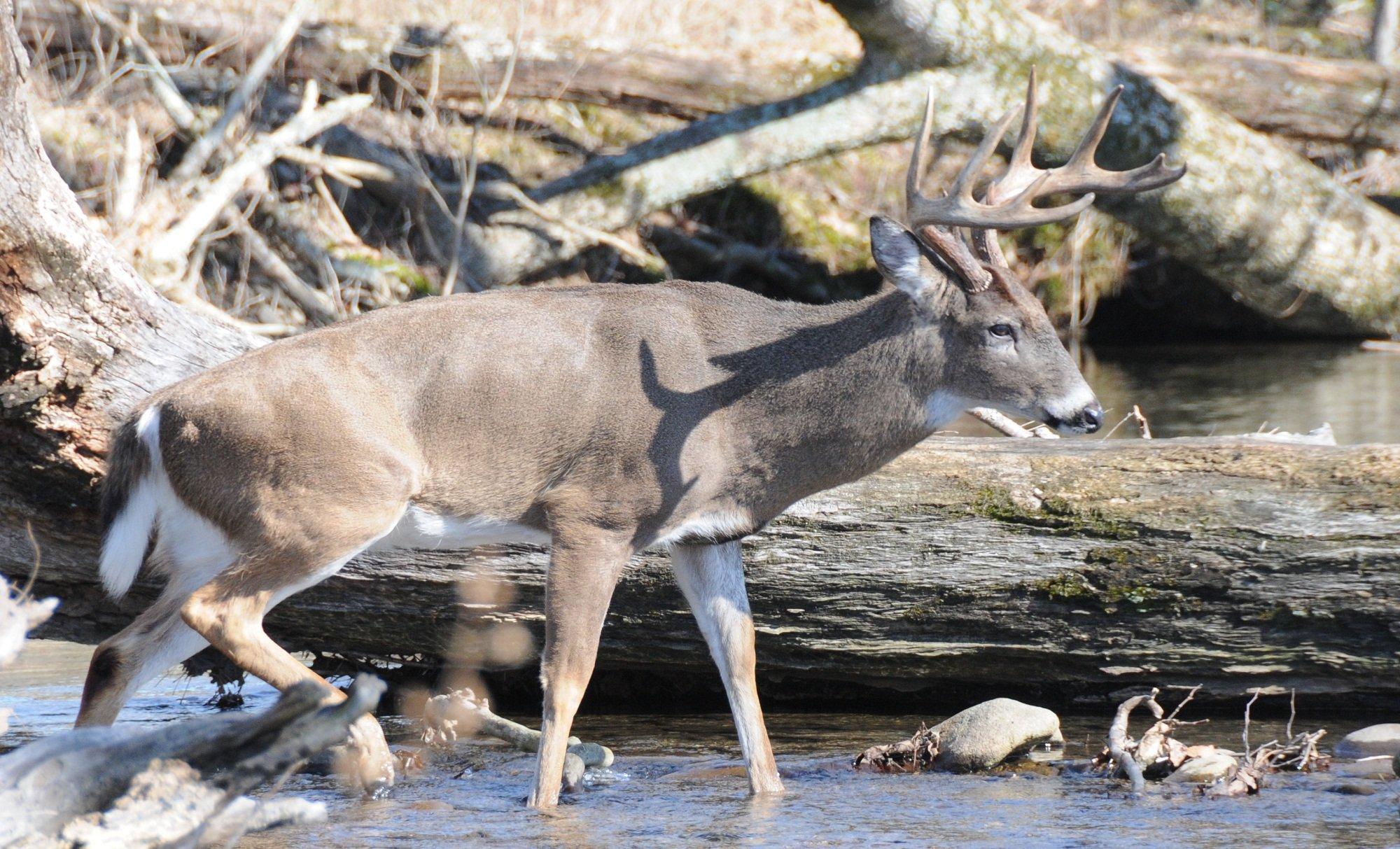Hurricanes' Impact on Wildlife

With these questions in mind, I decided to do a little research on the impact of past hurricanes on wildlife populations. I learned that, of course, many species and habitats suffer irreparable damage while others can actually benefit overtime from the effects of hurricanes.
According to the U.S. Fish & Wildlife Service, hurricanes Katrina and Rita left a wide path of destruction through much of Alabama, Louisiana, Mississippi, Arkansas and Texas seven years ago that continues to negatively affect migratory birds, fish and imperiled species and their habitats today.
For example, in southeast Louisiana, more than 100 square miles of coastal wetlands were transformed from marsh to open water. An estimated 150,000 acres of coastal wetlands and bottomland forests were damaged on national wildlife refuges. More than 70 percent of cavity trees used by endangered red-cockaded woodpeckers were destroyed at Big Branch Marsh NWR, and 50 sea turtle nests on the Alabama coast were lost. These are just a few examples of the massive amount of damage and loss inflicted by those storms.
Some habitats and species will never fully recover after devastatingly powerful hurricanes such as Katrina, but other areas may actually be improved for wildlife by hurricane conditions.
According to an article featured at, when trees get knocked down by strong winds, it can open the canopy causing an explosion of plant growth on the forest floor, which can provide an abundance of food, as well as cover, for small animals, such as rabbits, as well as deer.
According to a USA Today article written several years ago, scientists at the National Biological Service found through many years of research that, although hurricanes may cause structural changes in the habitat and bird and animal populations may suffer drastic losses, most populations living in storm zones are able to survive and recover over time from the severe weather.
For example, Hurricane Andrew barely affected some wildlife species and actually provided benefits to others. Habitat and food for populations of small mammals, amphibians and reptiles actually improved. Three years after the storm, largemouth bass populations in Louisiana's Atchafalaya Basin were nearly recovered and populations of bottom-dwelling organisms on the barrier islands had reestablished to pre-storm levels.
No doubt, the impact of each hurricane on habitats and wildlife populations differs widely, depending on a number of factors, such as hurricane strength and location of landfall. Just like people, the animals and terrain can suffer untold devastation, but Mother Nature is resilient. Over time, the landscape and animal populations are often able to recover, although some changes can be indefinite.
So, do any of you live in an area which has been impacted by a hurricane? In your opinion, how did the hurricane affect the wildlife in your area?







